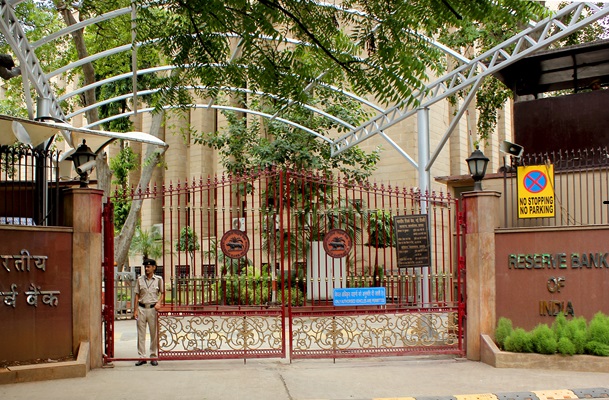.png)
May 23, 2025 at 3:41 PM IST
The Reserve Bank of India’s decision to raise its Contingent Risk Buffer to 7.5% has trimmed the expected transfer to the government by roughly ₹750 billion. While still a windfall, the record ₹2.69 trillion surplus transfer for 2024-25 fell short of market expectations of over ₹3.5 trillion. This underscores the RBI’s cautious stance amid growing global and domestic uncertainties.
The increase in the chunk of balance sheet that will be set aside for the buffer by 100 percentage points necessitated significantly higher provisioning. Based on assets as of March-end, estimated at ₹75.44 trillion, maintaining a 6.5% buffer would have required around ₹320 billion in additional provisioning. At 7.5%, the allocation rose to nearly ₹1.08 trillion, reducing the amount available for surplus transfer by about ₹750 billion.
This higher provisioning stems from a revised Economic Capital Framework approved by the RBI board in May 2025. The updated framework, following an internal review, now prescribes a Contingent Risk Buffer range of 4.5% to 7.5%, enabling the RBI to build stronger financial buffers against market volatility and asset profile shifts.
The transfer, still a record high, comes in a year when the RBI was expected to post strong trading income from foreign exchange operations. In 2024–25, the central bank sold a record $398.71 billion—more than double the $153.03 billion offloaded in the previous year—amid exceptional currency market volatility. Since such trades yield profits when dollars are sold above their historical average purchase price, the market had anticipated a larger surplus.
This surplus was particularly relevant from a fiscal planning standpoint. The Union Budget for 2025–26 had pencilled in ₹2.56 trillion from the RBI and dividends from public sector financial institutions. Although the RBI’s transfer broadly meets that target, the gap between expectations and reality narrows the scope for any additional fiscal cushion. Notably, the Budget projects net market borrowings of ₹11.54 trillion via dated securities, with no recourse to treasury bills—highlighting the government’s reliance on bond markets to finance the fiscal deficit.
The subdued surplus transfer curtails room for manoeuvre, particularly when the Centre stood to benefit from reduced borrowings to support its fiscal consolidation roadmap or to increase spending.
In effect, the RBI’s move reflects a trade-off between fiscal support and long-term financial resilience. By reinforcing its capital buffers through a higher Contingent Risk Buffer, the central bank has prioritised stability over short-term flexibility. While this conservative approach may limit fiscal leeway in the near term, it positions the RBI to better weather future economic shocks—an enduring principle of central banking.




